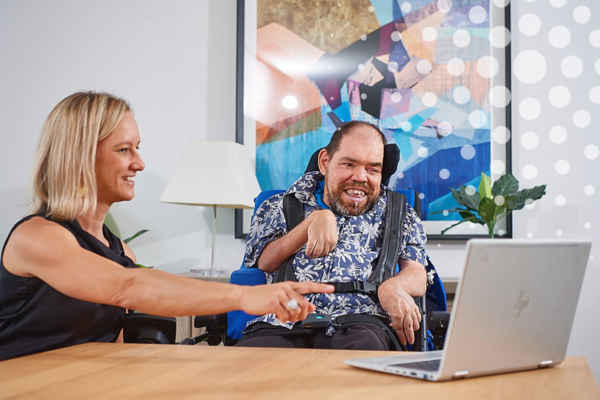How to Find Permanent Disability Accommodation to Suit Your Needs

The growth in our population has inevitably led to an increase demand for disability-friendly houses.
If you're looking for permanent disability accommodation, you’ll want to find accommodation that will maximize your independence, freedom of movement, and comfort.
Not sure of where to start? Firstly, engage the services of a reputable disability housing provider who will consider your unique needs, rather than taking a cookie-cutter approach. Look for a professional who understands your needs and future objectives to increase the chances of finding a suitable home. Here are some keyfeatures to consider when inspecting disability friendly accommodation.
Wider Doorways
If you're looking for housing for a disabled person, the first thing to consider is the doorways. Wider doorways will allow for easy access to and from the property with a wheelchair. Whether it is you, a friend, or a relative, who requires wheelchair access, ensure that all doors are wide enough.
The door should at least be 813mm wide with ramp access. The door handles should be designed to accommodate those with dexterity problems.
Even if you don't need a wheelchair access, wide doorways are a practical and on-trend option. Even if you’re loaded with grocery bags or suitcases, you’ll be able to easily move in and out of the residence.
Safer Bathrooms
In most houses, bathrooms tend to be difficult to access for those with disabilities. The supported disability accommodation you choose should have more floor space to provide access and ease of mobility for wheelchairs as a larger bathroom is also more convenient for everyone.
Bathrooms can be pretty slippery, so ensure that the bathroom has slip resistant floor tiles. Also, grab bars should be installed, as they provide residents with increased stability around the shower and toilet.
Easily Accessible Kitchen
Another factor to consider is access to your kitchen. A wheelchair-friendly kitchen should have lower counter tops or adjustable worktops to make it easy to use when preparing food or making a cup of tea.
Additionally, the smart placement of kitchen appliances in the lower cabinets will allow for easy access for those in a wheelchair.
For kitchen cupboards and drawers, ensure that they have round handles, as opposed to sharp edges. This is a practical safety choice which can help to prevent injury.
Better Flooring
In any home, the flooring should to chosen with regard to everyone's unique requirements.
Carpeted or any soft surface floors are ideal for those prone to injury.
On the other hand, if residents use a wheelchair or walker, soft flooring isn't ideal because it can hinder movement. Instead, opt for a harder, flatter, slip-resistant surface, such as tiles, lino or certain types of wood.
In many homes, you're likely to find vinyl floors. These tend to be affordable, slip-resistant and scratch-proof. They are therefore a popular choice.
Assistive Technology
Assistive technology has a lot to offer. Experts can help to ensure that the home been designed to help people to live as independently as possible? Make sure the home features the technology you require, be it speech output devices, visual alerting systems or remote controllers.
Conclusion
If you're looking for permanent disability accommodation that suits resident's needs, you’ll need to work with a provider who understands how to accommodate special needs residents.
With today's design improvements and supportive technology, it is likely that accommodation can be found to improve people's comfort and mobility.





